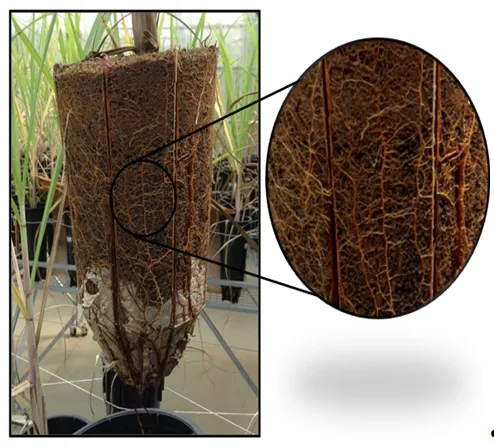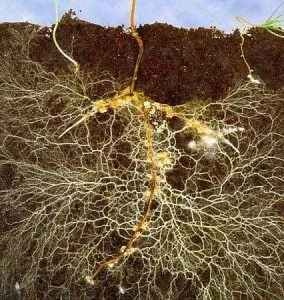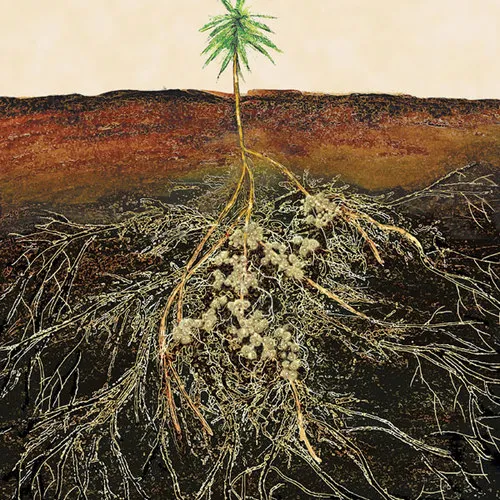After nitrogen, phosphorus (P) is the second most important mineral nutrient, not only for sweet bell pepper cultivation, but for all global agricultural systems; the reason is because, in addition to being a nutrient of low mobility in the soil, so that the root must reach it to absorb it, it is a very reactive element, which, through fixation processes, precipitation or conversion to organic forms, quickly passes to more complex forms that are difficult for plants to absorb, seriously limiting its availability.



▶ To overcome the difficulties that high P retention generates on production levels, yield and quality of crops, a series of technical strategies are recommended to make an efficient use of this mineral element in agricultural systems; among these, the use of organic fertilizers, phosphorus solubilizing bacteria and arbuscular mycorrhizal inoculants stand out.

▶ Credits: finegardening – [Image of Public Domain]
≕ I invite you to stay tuned and read my next contribution ≔
The external mycelium of the latter constitutes a fundamental bridge between the soil and the plant, and they are notably more effective in the absorption of water and nutrients, essentially phosphorus, than plant roots, thus contributing significantly to reducing the amount of fertilizer required for optimum crop growth.
Arbuscular mycorrhizal fungi (AMF) are a select group of soil fungi (Glomeromycota) that form a universal symbiosis with the vast majority of plants, called arbuscular mycorrhiza.
In this symbiosis, the fungi depend on the photosynthetic organisms for the carbon they need to live, while the plants benefit from the fungi by receiving essential nutrients such as phosphate, zinc, copper, nitrogen and potassium.

Other benefits of this association include protection against root pathogens, increased resistance to water deficit and the formation of water-stable aggregates, favoring the development of soil structure.
NOTE: Reference material.